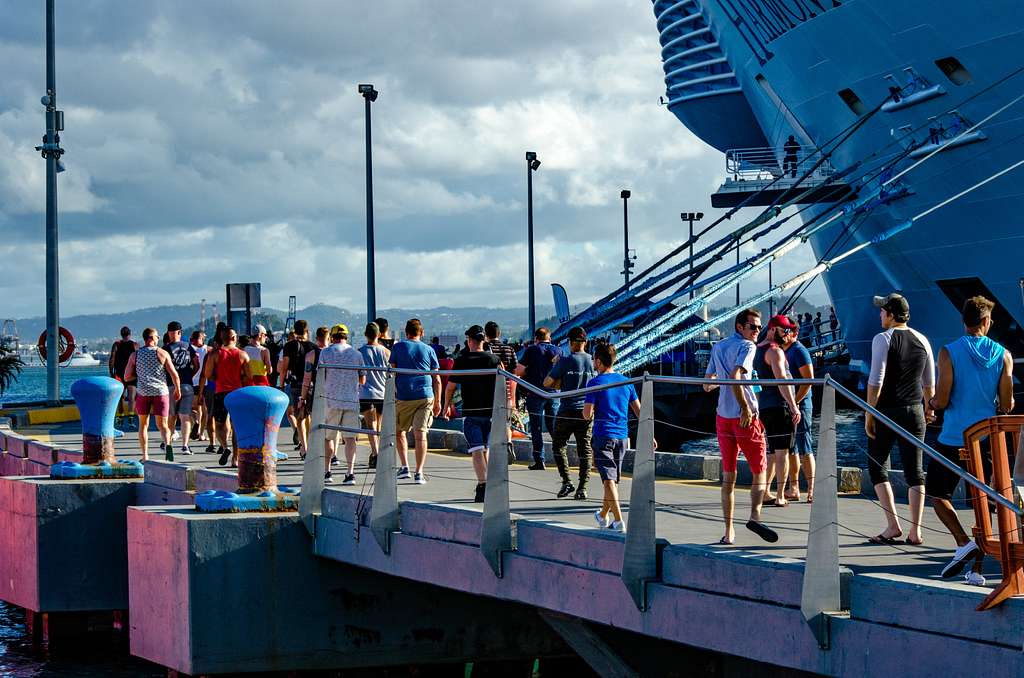Puerto Rico serves as a popular tourist destination, attracting visitors who contribute to its economic growth through vacationing and continuous travel to and from the island. The influx of tourism in Puerto Rico has created employment for many native residents as well as improved the country’s infrastructure which has been in constant repair. According to Aponte-Parès (2019), tourism has benefited the country, overall, because it has provided opportunities that they did not have before (Aponte-Parès 2019). Despite these positive effects, Puerto Rico is also experiencing the downside of tourism and migration to the island. After Hurricane Maria, Puerto Rico experienced what researchers Mora, Dávila, and Rodríguez (2018) term “La Crisis Boricua,” marked by Puerto Ricans leaving the island in search of stability while non-Puerto Ricans moved in (Mora, Dávila, and Rodríguez 2018). This imbalance has resulted in the displacement and exploitation of native Puerto Ricans who remain on the island and are unable to escape. With Puerto Rico being a tourist destination, native Puerto Ricans are more prone to take up jobs in the tourism industry because they are the only means of survival.

San Juan, Puerto Rico, Jan. 23, 2018–Tourists return by K.C. Wilsey. PDM 1.0
The increased tourism heightens inequalities between tourists and service providers as there is a power imbalance at play (Swords 2008). This tipping of the scales is credited to colonialism and the misrepresentation of Puerto Ricans. Because Puerto Rico is a US territory, the migration of white people from the mainland and elsewhere has been unavoidable. This group of people are most likely to move to Puerto Rico because they have the means to do so, thus emphasizing the colonialism aspect that enables gentrification on the island (Rebello 2023). Rosa (2012) also argues that tourism is a form of colonialism on the island, which ultimately brings about issues related to representation and governance (Rosa 2012). Ultimately, tourism both benefits and hinders the country in various ways; however, the most notable is the gentrification that it brings about for the native residents of the island. In this context, tourism can drive gentrification by attracting investment and development that cater primarily to tourists, which may result in the marginalization or displacement of local communities.